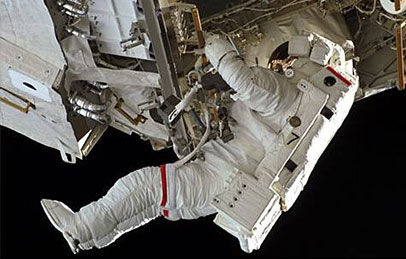SEMISAHRE has participated in the design of part of the core project of "Space Environment ground Simulation Device" jointly built by Harbin Institute of Technology and China Aerospace Science and Technology Corporation, with a total investment of more than 2 billion yuan. SEMISHARE gives full play to its advantages in ultra-low temperature, ultra-high vacuum, automatic control and laser simulation.

Space environment ground simulator: used to test the ability of spacecraft to withstand vacuum, cold black, solar radiation, magnetic field and high-energy particle radiation, solar wind and micrometeoroids. Space environment simulators are technically complex and expensive to develop, but in order to improve the reliability of spacecraft, countries have built thousands of different types of space environment simulators since the 1960s. For technical reasons, a space environment simulator can only simulate one or more environments. The largest space environment simulator in modern times has a diameter of 20 meters and a height of 37 meters. It can put the entire Apollo spacecraft into the test. Similar large-scale space environment simulators have been built in the United States, Japan and the Soviet Union. China completed the first batch of space environment simulators in 1964 and the large KM-4 space environment simulator in 1976, which can be used by China's applied satellites to carry out space environment simulation tests.


